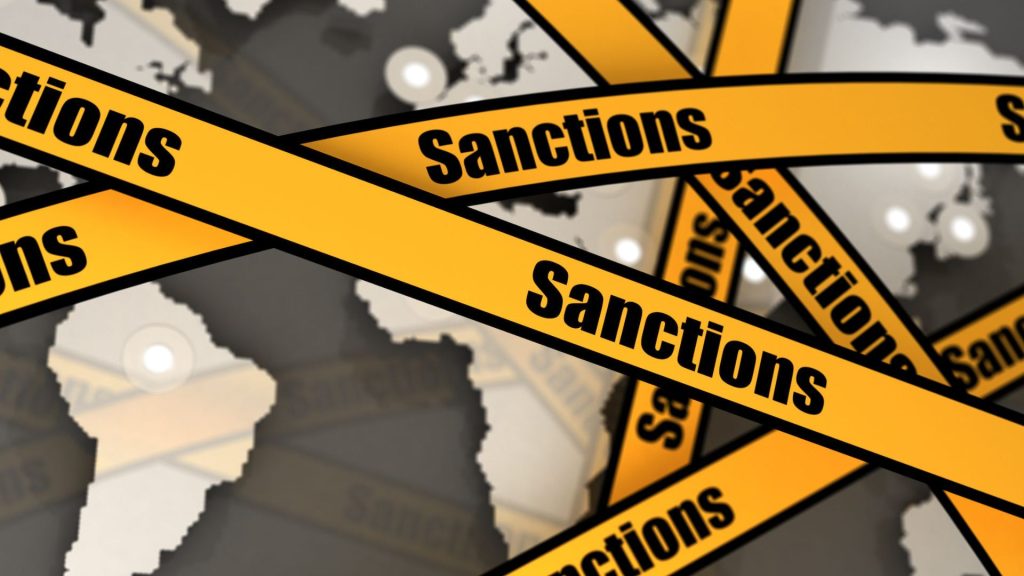Sanction screening programs consist of different interrelated components that together form a set of rules and principles for the board of directors and management, to ensure that they form relevant policies and processes, to prevent the occurrence of sanction risks, and financial crime.
Sanction Screening Programs
Sanction screening is part of the overall compliance program, the broader components of which include:
Implementation of overall strong compliance culture by the Board and Management
Development of effective and relevant compliance policies, including sanction compliance
The hiring of a dedicated Compliance Officer, who implements the sanction screening measures and controls, to prevent sanction risks
Performance sanction risk assessment, to identify different categories of sanction risks, their relevant impacts, and the likelihood of occurrence
Education and training of employees, regarding the identification, understanding, and prevention of sanction risk and related crimes
The components of the sanction compliance program must be applied at all times and the obligation to prevent sanction risks is of the management and all employees, the executive leadership, and the members of governance.
The components of the sanction compliance program are required to be appropriately defined by the Board of Directors, considering the sanction risks, to which the organization is exposed. Board to define the sanction compliance program, may require an understanding of the structure, complexity of products and services, customers, jurisdictions, and other operational aspects. These are required to be understood because financial crime risks also relate to these factors.
Organizations should set a zero-tolerance concerning sanctions compliance, and all customers, suppliers, employees, contractors, or other third parties, and all transactions, that could be related to financial crime, should be screened as part of the overall compliance program.
An effective compliance program helps to maximize the organization-wide effectiveness in the fight against financial crime by:
(1) Establishing requirements and designing controls based on their demonstrated ability to identify and mitigate the specific financial crimes risks faced by the Group.
(2) Utilizing information and data from operations to assess the sanctions risks.
As financial crime may be committed by anyone including the employees, customers, other stakeholders, general public, etc. therefore, as a best-practices the sanction screening should also be performed for these stakeholders. The sanction-related policies ensure consistent implementation of minimum requirements and effective management of sanctions risk.
Final Thoughts
Sanctions screening typically employs both internal and external data sources. Internal data on customers and transactions from a company is compared to external data from sanctions lists and other indicators of sanctioned parties. Due to the large volumes of client and transaction data that financial institutions process on a daily basis, screening internal data against relevant sanction lists can be difficult.
To maintain an efficient and effective screening process, a data management process must be updated on a regular basis for relevance and accuracy. Financial institutions may face challenges such as list unification, different writing systems and regional naming conventions, poor data management and manual data processes, and non-integrated IT systems.





